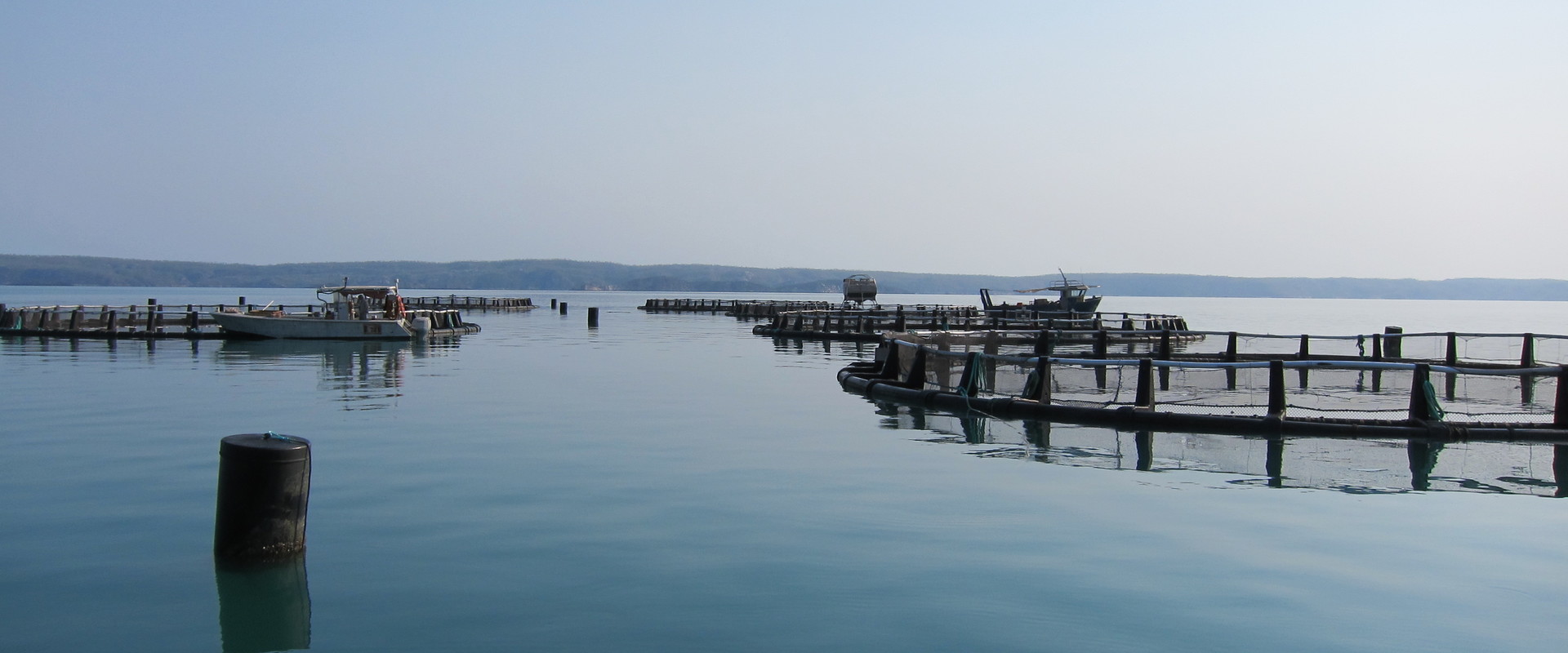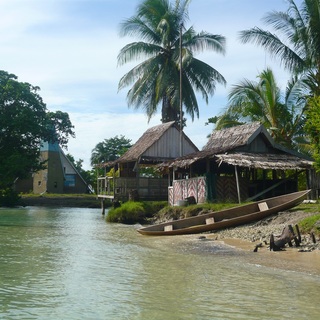
Abrolhos Islands Aquaculture Modelling
We developed a 3D hydrodynamic and water quality model of the region around the Abrolhos Islands in Western Australia.
Customer: Department of Fisheries, Western Australian Government
We undertook a study with The University of Western Australia to support the preparation of an environmental impact statement on proposed finfish aquaculture activities off the mid-west coast of Western Australia.
We developed a 3D hydrodynamic, particle tracking and water quality model of the Abrolhos Islands, using TUFLOW FV as the hydrodynamic engine and Aquatic EcoDynamics 2 (AED2) as the water quality engine. The particle tracking model was bespoke and developed specifically for this project. The modelling framework was used to determine the distribution of excess feed and faecal pellets arising from aquaculture activities, and the future impact on the environment.
The project was a significant technical undertaking, as the model covered an extensive area of 2.7 million hectares, with a single open boundary of approximately 413 km stretching from Kalbarri in the north to Coolimba in the south. It also required a range of mesh resolution from 3.5 km at the open boundary to less than 40 m in the vicinity of the proposed fish cages. A particle tracking module was developed for TUFLOW FV to determine the fate of excess feed and faecal matter, which was coupled to a sediment diagenesis model to determine the impact of the particles on the biogeochemistry of the seabed.
In consultation with aquaculture industry representatives, the model was successfully applied to determine an upper limit of aquaculture production, based on the carrying capacity of the surrounding environment.

In association with Buckley Vann town planners and the Department of Civil Engineering at the University of Queensland (UQ), we undertook a climate change vulnerability and adaptation planning study for the remote centre of Choiseul Bay, at the northern tip of the Solomon Islands.

We were commissioned by the Abu Dhabi Environment Agency to undertake advanced numerical modelling at a site within the Arabian Gulf. This was to assess the viability of developing aquaculture operations at the site.

We are working with the Environment Agency – Abu Dhabi to establish a finfish aquaculture zone adjacent to Dalma Island in western Abu Dhabi

We were contracted by TOTAL (Paris) to undertake cooling water discharge modelling studies on behalf of Shtokman Development AG.